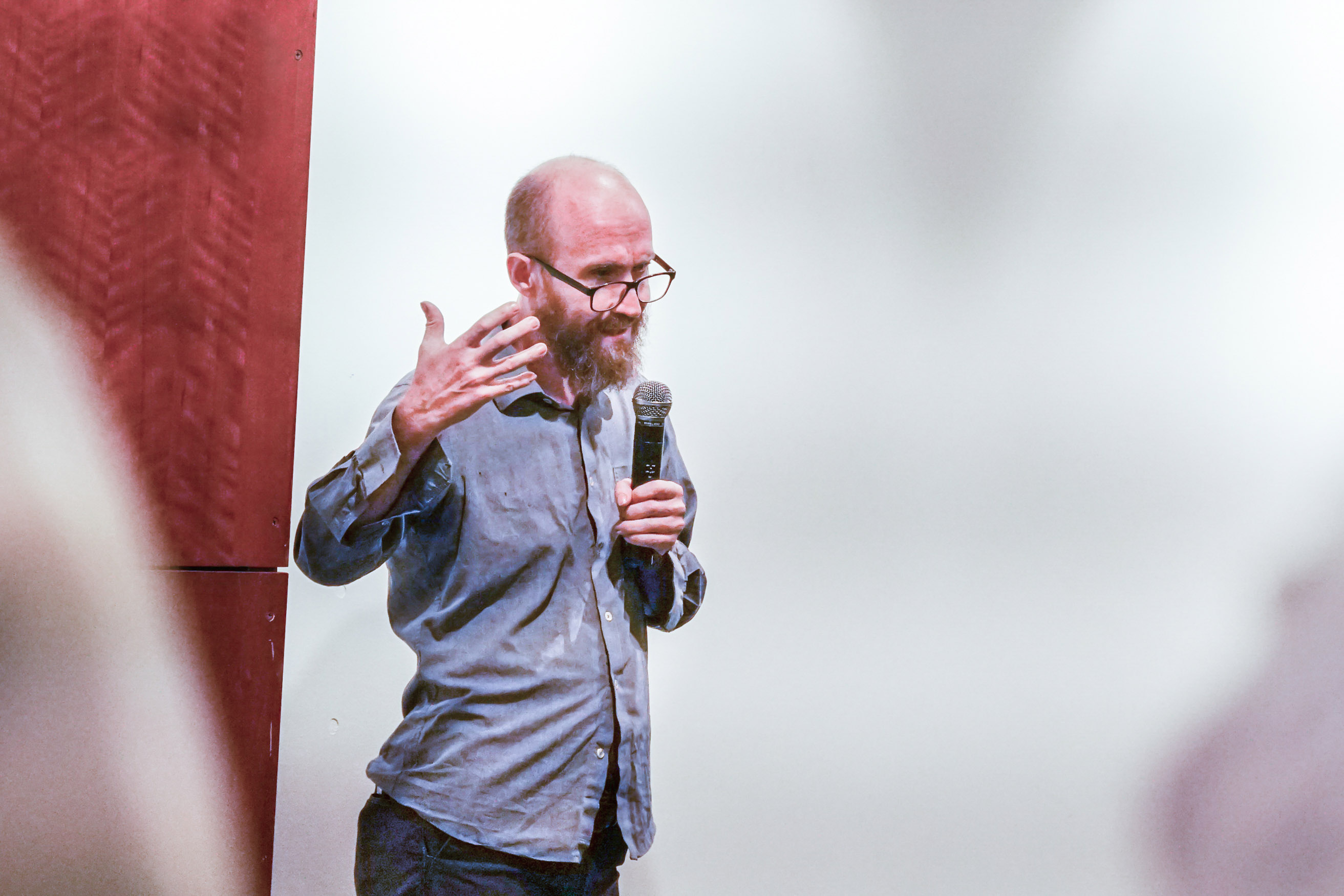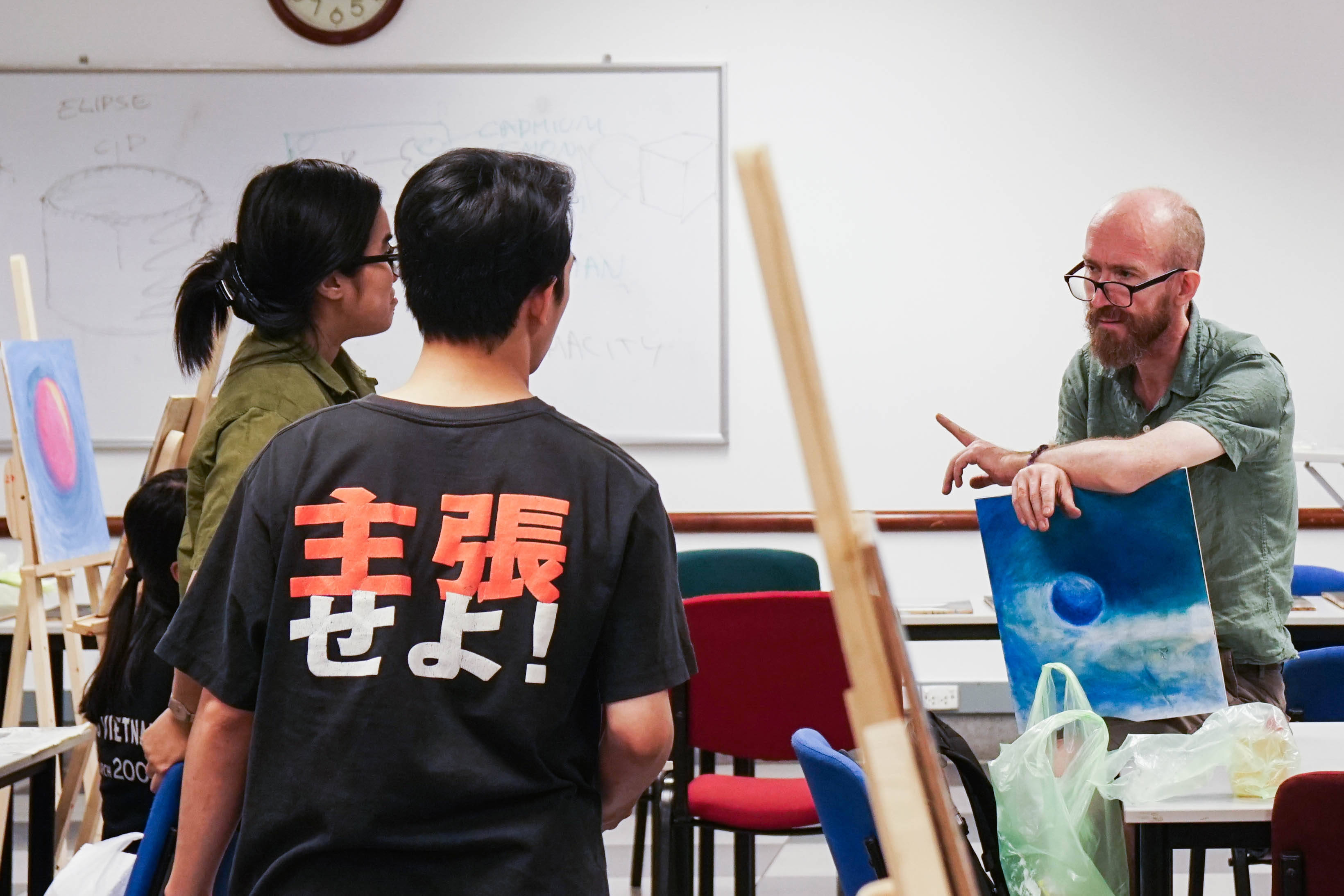Titled Xiaoyan Zhang: Computational Approaches in the Transfer of Aesthetic Values from Paintings to Photographs, the book looks at the way digital effects have transformed what we see today.
“When you look at a film like Lord of the Rings, most of what you see on the screen has never existed in front of the camera; it’s been constructed,” Mr Constable says.
“And even if you watch a movie that doesn’t require much in the way of visual effects, the colour treatment it has received after the point of capture is very advanced.”
This, the lecturer explains, is much different from even 30 years ago, when filmmakers would point a camera at something, and that is what viewers saw on the screen.
“Nowadays, a lot is done after the point of capture,” Mr Constables adds.
“I’m talking about filmmaking, but you could also talk about apps on your smart phones with filters. There’s no such thing as just captured reality anymore; it’s always manipulated.”
As a result, he argues, filmmaking and photography are converging with painting, an art form in which the painter controls every aspect of what goes onto a canvas.
“Because we can change every aspect of a photograph, we probably will. That effectively turns us into painters, because the moment you start changing a little in a photograph, we become painters.”
A result of a collaboration between Mr Constable – an artist – and engineers, the book details how the aesthetic attributes of a painting can be transferred to a photograph using computational approaches.
“Coming from a family with an engineering background, I have been interested in expressing the artist's way of thinking in a computationally exact manner. I always felt a painting is one half irrational, and on the other half there are laws, rules and formalities,” Mr Constable explained.
Though the major interest in this book comes from engineering fields like computer vision and computational aesthetics, the book also benefits art students and professionals who seek to enhance their understanding of colours.
“Colours are madly complex, and even the best artist only has a fuzzy understanding of it,” Mr Constable says.
“Having worked with engineers for so long, my understanding has become un-fuzzy, and this clarity I can pass on, to some degree, to my students.”






